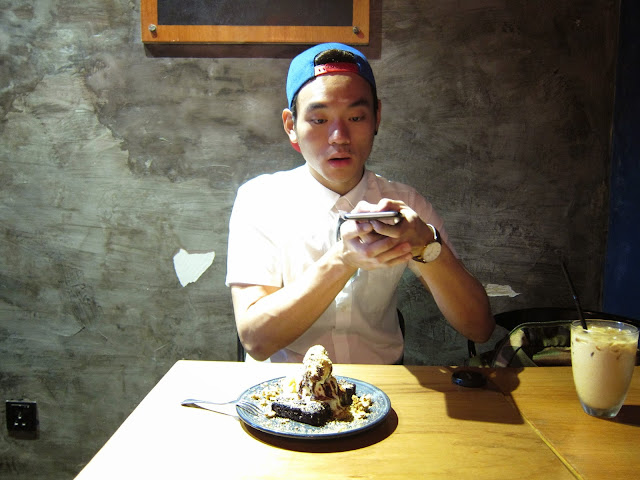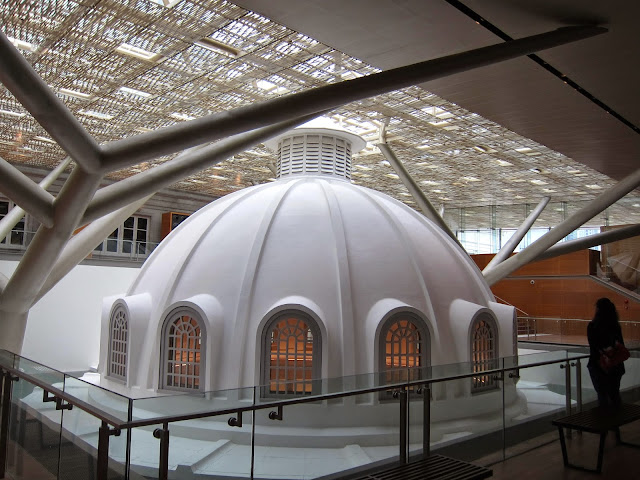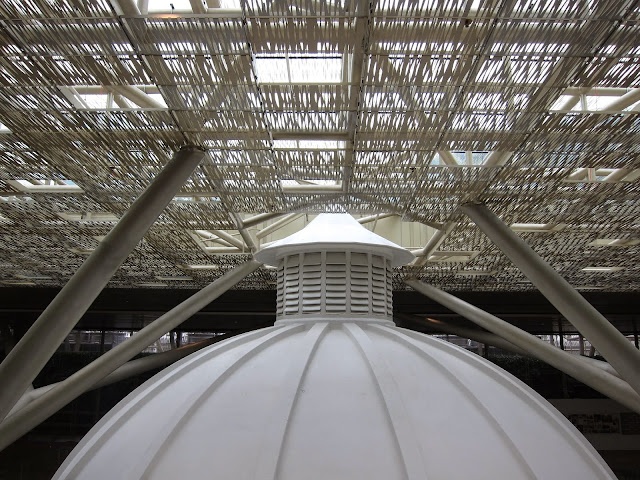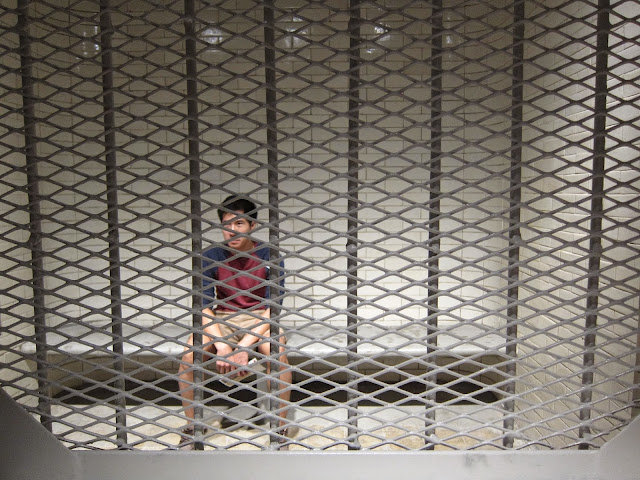It has been a week since my previous post and my schedule has been packed to the brim so far.
So here is a look at what I ate and did last week over at Johor Bahru!
For the benefit of my readers who do not know where is Johor Bahru, let me give you a short introduction!
Johor Bahru is the capital city of Johor in southern Malaysia, located north of Singapore.
It is separated by the Johor - Singapore Causeway, a 1056-metre causeway that links the city of Johor Bahru in Malaysia across the Straits of Johor to the town of Woodlands in Singapore. It serves as a road, rail, and pedestrian link, as well as water piping into Singapore.
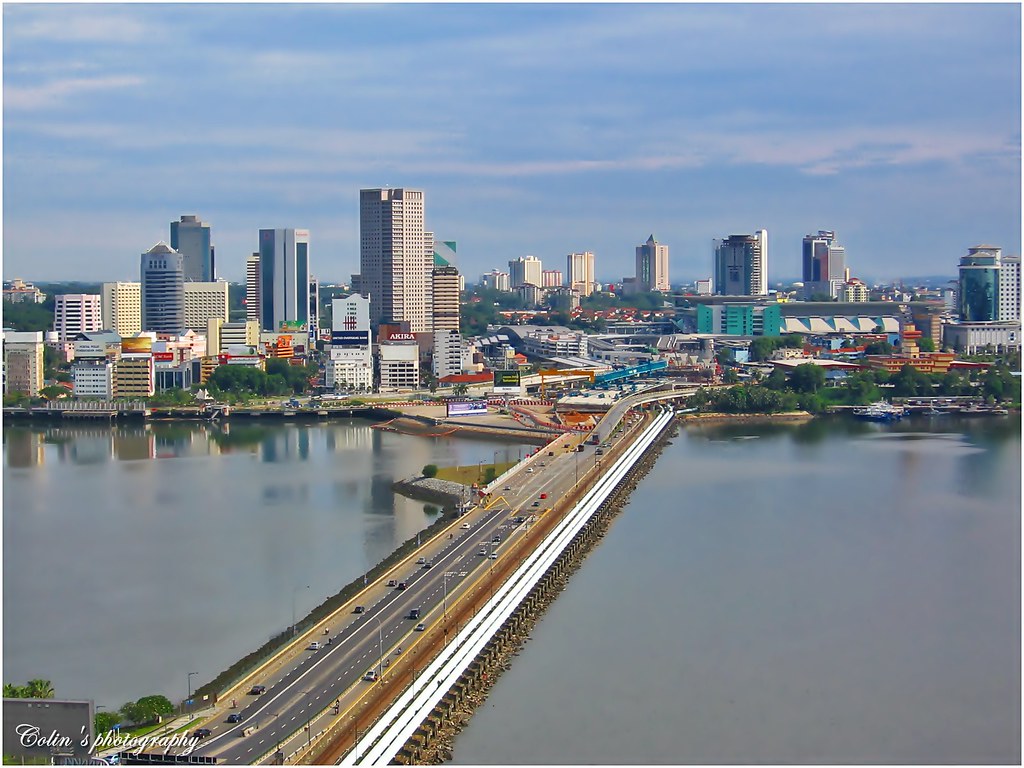 Photo credit: Colin Lim
Photo credit: Colin LimHow to get there?
Photo credit: Causeway Link
Photo Credit: Wikipedia
Regent Star
Regent Star's Bus Schedule
You can get to Johor Bahru (JB) via the above mentioned Bus Services or refer to Buses to JB for more information.
For SBS and SMRT buses, you are able to pay for your journey via EZ-Link cards whereas for the Causeway Link (CW) buses you will have to pay cash (NO Change will be give).
Personally, I prefer to take CW1, which cost S$1 from Kranji MRT Station to JB Custom and RM1.50 from JB Custom to Kranji MRT Station as the route is a bit shorter and the bus is more comfortable than SBS 170.
What to do in JB?
1. Eating
2. Cafe Hopping
3. Shopping
4. Sightseeing
This trip was primarily a Cafe Hopping and Sightseeing trip around downtown JB
There are many cafes and eateries in the hipster cluster of JB, or rather along the streets of Jalan Tan Hiok Nee, Jalan Dhoby and Jalan Trus.
You must be thinking why is Jalan Tan Hiok Nee such a weird road name, is it named after a person?
Jalan Tan Hiok Nee is named after Tan Hiok Nee, a Chinese merchant who was bestowed the title of "Chinese Major" by Sultan Abu Bakar in 1870 and subsequently was accorded a Datukship. He started as a textile merchant and ended up as a supplier of fabric and later controlled the market at that time. Tan Hiok Nee also planted black pepper and gambier along Sungai Johor, from Kota Tinggi until the shores of the Tebrau Straits facing Pulau Ubin. Tan Hiok Nee was also the head of the Ngee Heng Kongsi Clan from 1863 till 1873.

So I met up with fellow Blogger/Instagrammer, Alvin See when he was back in Johor and we went to Faculty of Caffine (F.O.C). See how serious he is when he is snapping photos for Instagram! This spot is my favorite because of the strong lighting as compared to the rest of the tables in the cafe.
Thank you Alvin for being my hand model! So we had the Madam Lim's Homemade Brownies topped with vanilla ice cream, granola and chocolate sauce (RM13.50). The Brownies were moist and soft yet firm enough while the granola bits provided additional texture to the dessert. I had a Minty Chocolate drink (RM12) which was refreshing and perfect for a warm day!
You can refer to my Instagram Post for additional information and read some of the comments made by my followers.

The interior is an eclectic mix of industrial-chic with modern elements with the use of some vintage furniture. The cafe is a little dim and the lighting here is a little warm, so if you prefer your food photos to look less warm, choose the correct table. They have an outdoor section at the back which is tiny but cozy and an extended indoor seating which is my favorite spot as there are spotlights casting strong lights over the table.
Overall, the cafe is a nice place to chill and spend a lazy afternoon at.
Faculty of Caffeine (F.O.C) as seen from the street, which is opposite of the Galleria @ Kotaraya
Photo Credit: Google Map
Address: 106, Jalan Trus, Bandar Johor Bahru, 80000 Johor Bahru, Johor, Malaysia
Phone:+60 16-713 2714
This place is about a 10 minutes walk away from City Square via Jalan Wong Ah Fook, take the Gurdwara Sahib Sikh Temple as a point of reference
Photo Credit: Malaxi
Along the streets of Jalan Trus, you will be able to spot EH HE or Earth Heart, unfortunately it was closed when we visited on a Monday! Do note that most cafes here at closed on Mondays or open late, after 3:00pm.

Chaiwalla & Co Container Cafe (website), is a cafe made from an actual container. Founded in 2012, the name Chaiwalla is actually derived from a Hindi word that means "Someone who prepares the tea" and they serve custom made beverages and good food from JB to KL.
The Menu!
So we ordered Double Chocolate Smoothie with Nata De Coco and Japanese Matcha Milk Tea with Pink Pops. The drinks are thick and nice but a tad too sweet, you either have to live with no sugar at 0% or bear with the mild over-sweetness at 50%. I do not think that I would be able to take the 100% sweetness.
Being the typical Instagrammers that we are, we brought our drinks to different places and experimented with different angles. #foodinweirdplaces
I must say that I was quite satisfied with my shots! What do you guys think? Leave a comment on my Instagram or on this post.
Address: Jalan Tan Hiok Nee, Bandar Johor Bahru, 80000 Johor Bahru, Johor, Malaysia
Phone:+60 12-735 3572
Just across the street, this outstanding Red House caught my attention. So I went to check it out and they actually were selling local products such as biscuits etc. I didn't buy anything, just took a peek and left, maybe I will check it out again the next time I visit JB ...
This popular bakery has been operating in a shop in old downtown Johor Bahru since 1919.
Hiap Joo Bakery was actually started by an Englishman and he handed over the business to the great grandfather of the current owner in the 1930s.
The breads and cakes here are timeless and classic pieces of pastries as they are still being baked using wood fire in a clay brick oven, which gives it an extra whiff of smokey fragrance.
Hiap Joo's signature product is none other than their banana cake. Slightly charred on the outside while moist and spongy on the inside. It is fragrant and mildly sweet. The sweetness is very subtle and not overpowering as no chemicals or artificial flavorings are added into their cakes
Hiap Joo Bakery & Biscuit Factory
協裕麺包西菓廠
13 Jalan Tan Hiok Nee
80000 Johor Bahru
Johor, Malaysia
You might want to go early as their cakes get snapped up pretty quickly especially during lunch hours. The cakes here are best consumed within a day as they do not contain any preservatives.
#FoodInWeirdPlaces AGAIN!
Next up, we went over to Qin Garden Kopitiam and ate at Adam Soroso's Nasi Padang. The dishes are all displayed there, all you have to do is ask for rice, choose your own dishes and settle the bill.
This bakery commenced operations in 1937 and was founded by En. Shamsul Hak. Three generations later, it still retains much of its unique charms by offering various types of breads baked traditionally using wood-fired ovens. Now known as Salahudin Bakery Sdn. Bhd., its special recipes have earned it a special place in the hearts of Johor Bahru residents.
The lady boss is polite and friendly, she speaks very good English as well! So don't be afraid as there will be no language barrier, even if you do not speak Bahasa Melayu. Photography is very welcomed as well but it would be polite if you were to seek permission first before snapping away!
A wide array of breads are available here, such as the coconut buns, banana cakes to even curry puffs with sardines or mutton fillings. The prices here are affordable as well with prices ranging from RM1.20 - RM2.00, you will have to visit this bakery by yourself in order to experience the nostalgia.
The legendary wood-fired oven, which produced thousands and thousands of breads since 1937.
Time to head back home...
JB has many of such back alleys with graffiti and they are quite an interesting sight to witness as compared to the usual clean and orderly street scene that we have back in Singapore.
Came across this Coconut Wine shop (opposite KOMTAR JBCC) on the way back and decided to check it out. However, it was too early for alcohol and we gave it a miss but the interior was definitely very Insta-worthy.
I shall end this blog post with a picture of me in front of Johor Bahru Old Chinese Temple.
Johor Bahru Old Chinese Temple 柔佛古廟; known as Old Temple 古廟 by the locals, is a Chinese temple located at downtown Johor Bahru of Jalan Trus, the temple is flanked by modern skyscrapers. This temple is one of the oldest structures in Johor Bahru. The temple is a place of worship and a symbol of unity among Five Chinese Dialect Groups which are "Teochew", "Hokkien", "Cantonese", "Hakka" and "Hainan". The temple was built during the 19th Century by then Head of Ngee Heng Company led by Tan Hiok Nee and various Chinese community leaders.
In 1995 - 1996, it underwent a major renovation at a cost of RM1.5 million. Much of its cultural aura was preserved, and important relics such as the century-old bronze bell, joss stick pot and wooden tablet remain. In 1995 - 1996, it underwent a major renovation at a cost of RM1.5 million. Much of its cultural aura was preserved, and important relics such as the century-old bronze bell, joss stick pot and wooden tablet remain.
The temple hosts 5 Deities:
Xuan Tian Shang Di (元天上帝) (大老爷)
Hong Xian Da Di (洪仙大帝) (洪仙公)
Gan Tian Da Di (感天大帝)
Hua Guang Da Di (华光大帝)
Zhao Da Yuan Shuai (赵大元帅)
Every year in the first lunar month of 20-23rd, the Temple organizes its annual Chinngay known as the Parade of Deities 古廟游神.The Chingay parade lasts for four days. The climax of the parade is on the night of the 3rd day when the Deities parade around the Johor Bahru Town Centre or in Chinese known as 圣駕巡游. The annual Chingay has attracted more than 300,000 people to march around the major roads of Johor Bahru together with the 5 Deities being worshiped in the Old Temple.
Credit: Johor Bahru Old Chinese Temple
On my most recent trip to JB, I finally had the chance to go to IT ROO Cafe, which claims to serve the best Chicken Chop in town. True to its claim, the fried chicken chop made with whole thigh meat was well marinated and fried till golden brown, crunchy and so sinful! For RM17, you get a freaking big piece of chicken chop, fried potatoes, 2 sunny side up with oozing yolk, thick golden brown mushroom sauce and coleslaw!
On my most recent trip to JB, I finally had the chance to go to IT ROO Cafe, which claims to serve the best Chicken Chop in town. True to its claim, the fried chicken chop made with whole thigh meat was well marinated and fried till golden brown, crunchy and so sinful! For RM17, you get a freaking big piece of chicken chop, fried potatoes, 2 sunny side up with oozing yolk, thick golden brown mushroom sauce and coleslaw!
Till the next time ~


